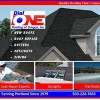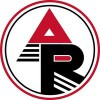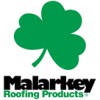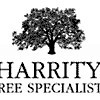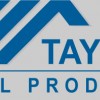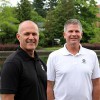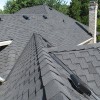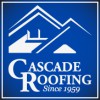The photo above is taken in my backyard with some of my equipment and my wife's fairy garden in the background. View before and after photos of proper pruning along with a brief discussion of when to prune. If you are a lawn enthusiast and prefer taking care of your lawn, you can still rely on my expertise. I love what I do, and you will too!
Trees can be pruned so light and air can get to the center of the tree. They can be pruned to correct malformed growth, for fruit production, so the tree fits the space it's in, for appearance, and for other purposes. I usually recommend pruning ornamental trees to fit the space they have, for light and air, and so they look attractive. I can prune fruit trees to produce larger and more fruit, or, if you don't use the fruit, I can prune it like an ornamental.
As you well know, roof moss is a real problem in the Pacific Northwest. It roots into the shingles, drying them out, causing them to become brittle, and eventually to crack and leak. Moss also grows along the edges of shingles, raising them and drying them out even more rapidly. Any metal will kill moss, and I use zinc to kill roof moss. But killing the moss does not remove it. Even dead, it still lies there, holding moisture against the shingles, deteriorating them. So I recommend cleaning the moss off first, and then coating the roof with zinc sulphate monohydrate to kill the moss spores which cannot be seen but which will begin to grow and multiply immediately after cleaning.
Some varieties of shrubbery can be machine sheared with a hedge trimmer and not suffer ill effects, but many of the varieties we have in Clark County must be hand pruned. Hand pruning allows me to thin for light and air and produces a more natural look. Also, when a sheared shrub grows out a little, it begins to look "ragged, " whereas a hand pruned shrub still looks natural when it grows out.
Similar Businesses
